Description
Sodium Diethyl Dithiocarbamate: A Compound with Hidden Depths
In the vast world of chemistry, there are countless compounds, each with its unique set of properties and potential applications. One such compound, often flying under the radar, is Ethyl Thiocarbamate. While it might not be a household name, this chemical has a fascinating role to play in various areas, from industry to research. Let’s delve into what makes Ethyl Thiocarbamate interesting.
What is Sodium Diethyl Dithiocarbamate?
At its core, Ethyl Thiocarbamate is an organosulfur compound. That means it’s a molecule containing carbon, hydrogen, and, importantly, sulfur. Specifically, it features a thiocarbamate functional group attached to an ethyl group. The chemical formula is typically represented as C₃H₇NOS.
The “thiocarbamate” describes the presence of a nitrogen atom doubly bonded to a carbon atom, which is also bonded to a sulfur atom. The “ethyl” refers to the two-carbon chain attached to the nitrogen. This combination of elements gives Ethyl Thiocarbamate its unique chemical behavior.
Key Properties
Sodium Diethyl Dithiocarbamate is typically found as a colorless to pale yellow liquid at room temperature. It possesses a distinct odor, often described as sulfurous or similar to mercaptans (the compounds responsible for the characteristic smell in some types of gas leaks).
Here are some of its other notable properties:
Solubility: It has limited solubility in water but is generally soluble in organic solvents.
Reactivity: The thiocarbamate group is known for its reactivity, allowing Ethyl Thiocarbamate to participate in various chemical reactions, particularly with other molecules containing reactive groups.
Stability: While it’s generally considered stable under normal conditions, it can decompose at higher temperatures or in the presence of strong acids or bases.
Applications of Sodium Diethyl Dithiocarbamate
While not a widely used industrial chemical in itself, Sodium Diethyl Dithiocarbamate is a valuable building block in organic synthesis and research. Here are some of its key areas of application:
Intermediate in Chemical Synthesis: Ethyl Thiocarbamate is frequently utilized as an intermediate in the creation of other more complex molecules. Its reactivity allows chemists to attach diverse functional groups, making it useful in developing pharmaceuticals, agrochemicals, and other specialized materials.
Pesticide and Herbicide Development: The thiocarbamate functional group is a key component of various pesticides and herbicides. While Ethyl Thiocarbamate is not a pesticide itself, its structure and reactivity make it valuable in the synthesis of these agrochemicals.
Research and Development: Researchers may use Ethyl Thiocarbamate as a model compound in exploring fundamental chemical reactions and developing new materials with specific properties.
Rubber Vulcanization: Thiocarbamate compounds can be used as accelerators in the vulcanization process of rubber, although there are more widely used accelerators.
Metal Complex Chemistry: Thiocarbamates can interact with metal ions, forming complexes that have applications in catalysis and material science. Ethyl Thiocarbamate demonstrates similar behavior.
Safety Considerations
Like many chemical compounds, Sodium Diethyl Dithiocarbamate requires careful handling. Here are some important considerations:
Toxicity: It is important to note that while research on its specific toxicity may be limited, generally, thiocarbamates are considered to have some level of toxicity. It should be handled with caution and proper protective equipment.
Irritation: It may cause skin and eye irritation. Direct contact should be avoided.
Flammability: While not generally considered highly flammable, it’s still important to avoid exposure to open flames or high temperatures.
Handling: Always work with Ethyl Thiocarbamate in a well-ventilated area, and follow the recommended safety guidelines from the material safety data sheet (MSDS).
Conclusion
Ethyl Thiocarbamate is a compound that may not have the recognition of more common chemicals, but it plays a crucial role in the realm of synthetic chemistry. Its unique structure and reactivity allow it to be a valuable building block in the development of pharmaceuticals, agrochemicals, and other specialized materials. As with any chemical compound, proper handling, and safety measures are essential when working with Ethyl Thiocarbamate. This example highlights the crucial role even less frequently discussed compounds play in various scientific and industrial applications.

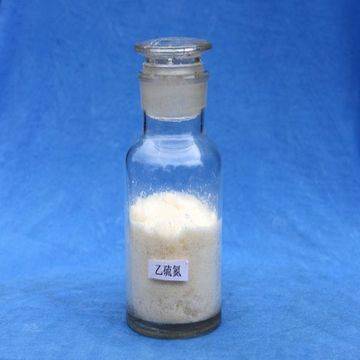
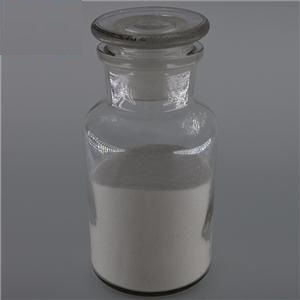
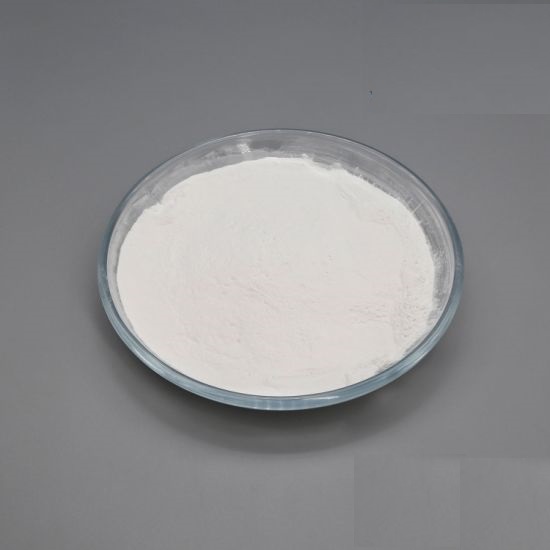
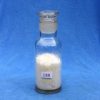
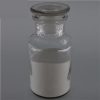
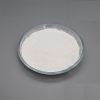
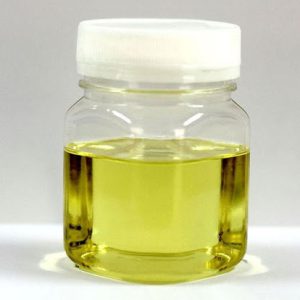
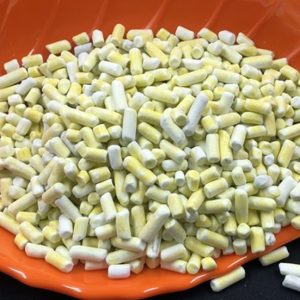
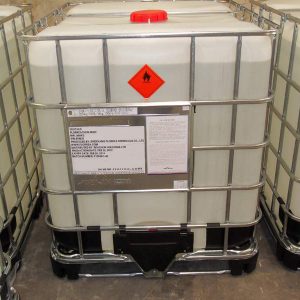


Reviews
There are no reviews yet.